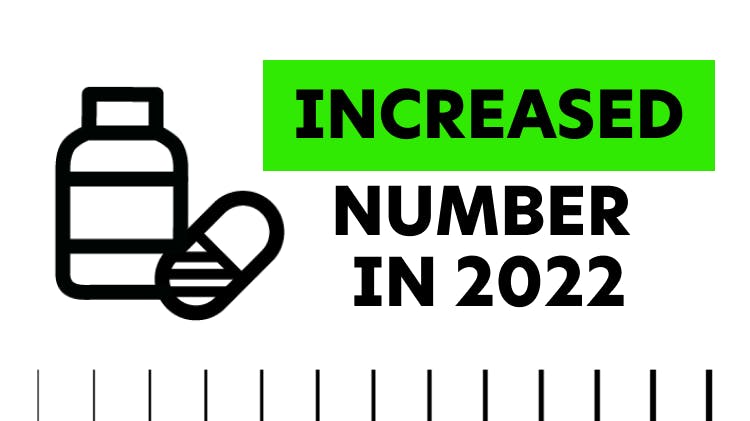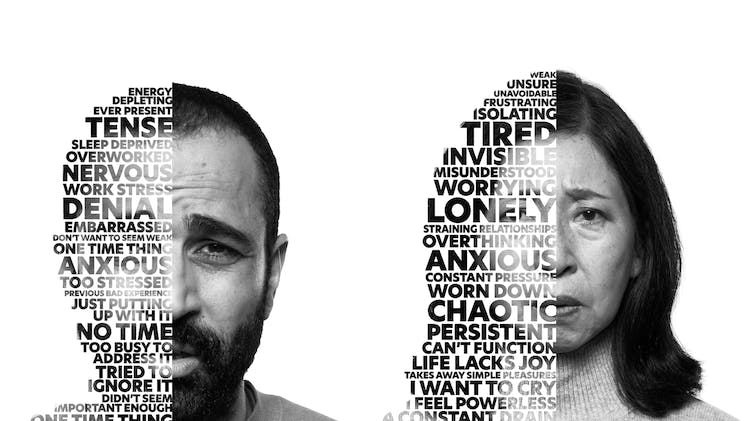Nonopioid Pain Management: Overview

Nonopioid Pain Management
The Pain Landscape
Acute and chronic pain pose a significant public health challenge in the Unites States, with chronic pain affecting nearly 1 in 5 adults.1 Acute pain alone leads to over 115 million emergency room visits annually.2
Managing pain can be complex, given the need to balance benefits and risks. In response to the opioid health crisis, treatment guidelines have changed, and opioids are no longer considered first-line treatment for most types of acute and chronic pain. Current guidelines now advocate for non-pharmacologic and nonopioid treatments as first-line options.3
Continue reading for key facts and recommendations to help you and your patients create an effective, personalized, and safe treatment plan.
A silent pandemic1,3
Opioid Facts & Statistics

More than 130 Americans die from an opioid-related overdose every day.4

1 out of every 48 patients prescribed an opioid in the emergency room becomes a long-term user.5

Opioid-involved overdose deaths rose from 49,860 in 2019 to 81,806 in 2022.6

Pain Management
There is no universal solution to managing pain. Opioids can be an effective and appropriate treatment option for certain types of pain, such as advanced cancers, surgeries, and some injuries or conditions characterized by severe pain. But the risks of prescribing opioids should always be weighed carefully. Even short-term use of opioids can increase the risk of side effects, drug interactions, and, most importantly, addiction.3,7 Recommending over-the-counter (OTC) analgesics for acute pain can prevent exposure to the risks associated with opioids and reduce the possibility of reliance on them in the future.
Explore how different pain conditions can be managed effectively and safely with nonopioid options.


